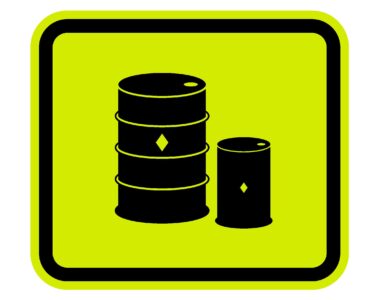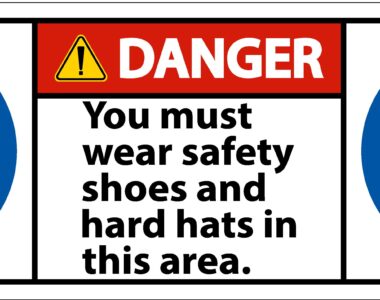
Safety and compliance are critical in industrial environments. One important yet often overlooked aspect of maintaining a safe and compliant workplace is proper pipe marking.
At Precision Label Products, we understand the critical role pipe marking plays in industrial settings. Today we’re going to explore the importance of pipe marking, how it ensures safety and compliance, and the regulations and standards companies must adhere to.
Ensuring Safety Through Pipe Marking
Identification of Hazardous Materials
Industrial settings frequently handle hazardous substances, from chemicals to high-temperature fluids. Clear labeling of pipes carrying these materials is essential for the safety of workers and the environment.
Proper pipe marking helps identify the contents, flow direction, and any associated hazards, reducing the risk of accidental exposure or improper handling.
Accident Prevention
Accidents in industrial settings can have severe consequences, including injury, property damage, and environmental harm. Many incidents result from incorrect or missing pipe markings.
For instance, a worker might mistake a pipe carrying hazardous chemicals for one carrying water, leading to dangerous mishandling. Clear and accurate pipe marking significantly reduces the likelihood of such accidents, protecting both personnel and facilities.
Emergency Response
In emergencies, time is of the essence. Properly marked pipes enable quick and accurate identification of hazards, facilitating faster and more effective emergency responses.
For example, in the event of a fire or chemical leak, first responders can quickly assess the situation and take appropriate action, minimizing damage and ensuring the safety of everyone involved.
Compliance with Regulations and Pipe Marking Standards
Overview of Key Regulations and Standards
Compliance with industry regulations and pipe marking standards isn’t just about avoiding fines; it’s about ensuring a safe working environment. Several key standards govern pipe marking in industrial settings:
ANSI/ASME A13.1: This standard outlines a uniform system for identifying pipes, including color codes and label content.
OSHA Requirements: The Occupational Safety and Health Administration mandates clear labeling to communicate hazards effectively.
Industry-Specific Standards: Additional standards from organizations like the National Fire Protection Association (NFPA) and the International Organization for Standardization (ISO) may also apply.
Consequences of Non-Compliance
Failing to comply with pipe marking regulations can have serious repercussions. Companies may face legal action, substantial fines, and increased insurance premiums. Beyond financial penalties, non-compliance can damage a company’s reputation and erode trust with employees, clients, and the public.
Implementing an Effective Pipe Marking System
Steps to Develop a Pipe Marking System
Developing an effective pipe marking system involves several steps:
1. Assessment of Current Piping System: Evaluate existing pipes, identifying those that require marking.
2. Select Appropriate Labels and Materials: Choose durable, high-visibility labels suited to the environment.
3. Color Coding and Symbol Usage: Follow standard color codes and symbols to ensure clarity and consistency.
Training Employees
Proper training is crucial to ensure employees understand and adhere to the pipe marking system. Training programs should cover the significance of pipe marking, how to interpret labels, and procedures for reporting damaged or missing markings.
Regular Audits and Maintenance
Maintaining the pipe marking system is essential. Regular audits should be conducted to verify that all markings are intact and legible. Any damaged or faded labels must be promptly replaced to ensure ongoing compliance and safety.
Benefits of Proper Pipe Marking
Enhanced Workplace Safety
Clear and accurate pipe marking significantly reduces the risk of accidents and incidents, fostering a safer work environment. This, in turn, boosts employee morale and productivity, as workers feel more secure and confident in their surroundings.
Increased Efficiency
An effective pipe marking system streamlines maintenance and repair processes, as workers can easily identify pipes and their contents. This efficiency extends to emergency situations, where quick identification can prevent further damage and expedite resolution.
Financial Advantages
Proper pipe marking can lead to lower insurance premiums, as insurers recognize the reduced risk. Additionally, companies can avoid fines and penalties associated with non-compliance, resulting in substantial cost savings.
At Precision Label Products, we’re committed to helping industrial companies enhance safety and compliance through effective pipe marking solutions. Proper pipe marking is not just a regulatory requirement; it is a critical component of a safe and efficient workplace.
We encourage companies to review their pipe marking systems regularly and ensure they meet the necessary standards.



